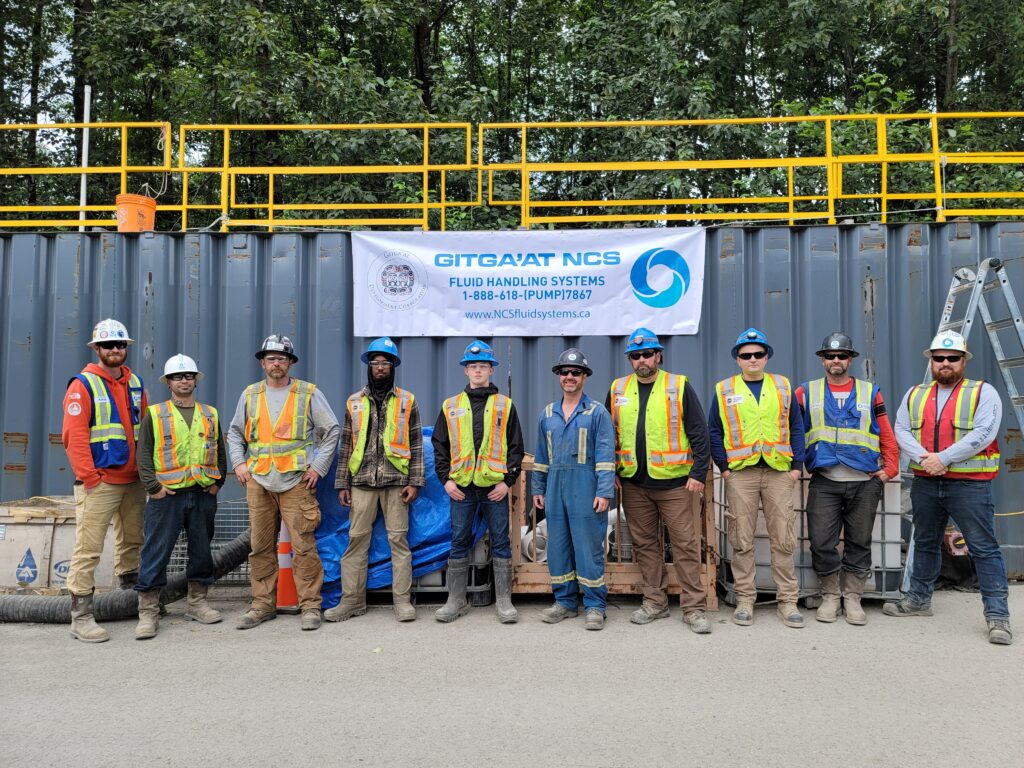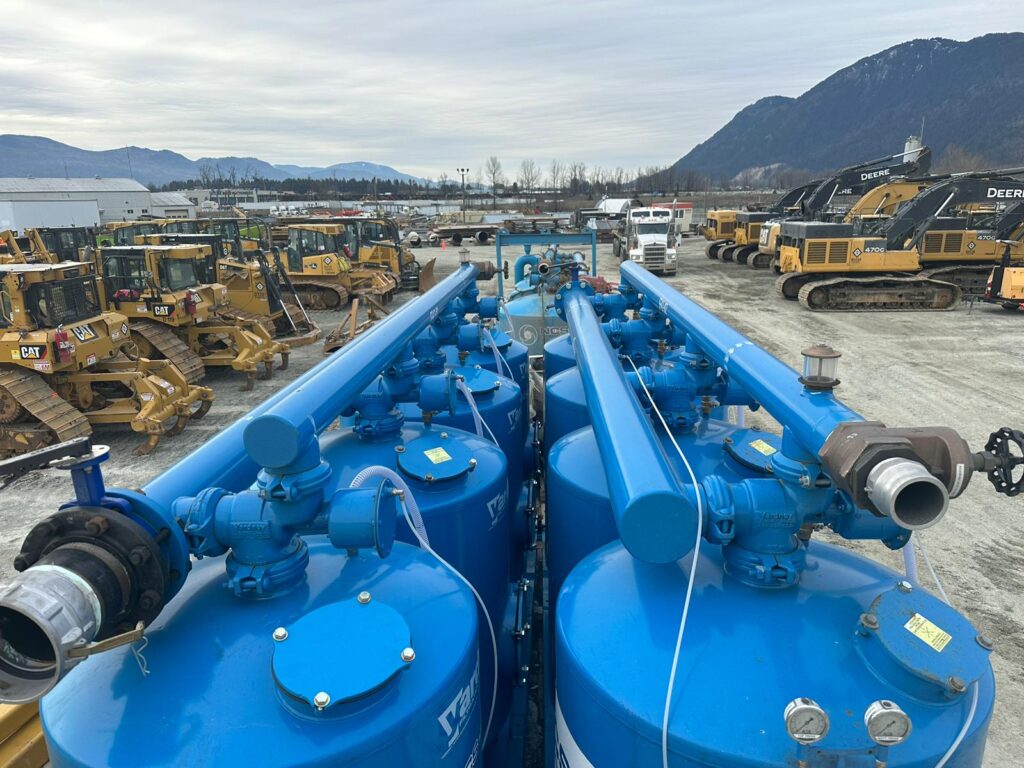In the 1980’s it was BTEX, the 90’s MtBE and Chlorinated Solvents, 2000 Perchlorate, 2010 Arsenic and in 2020’s its PFAS and our clients are asking for solutions.
PFAS, or Per- and polyfluoroalkyl substances, are a class of manmade chemicals that have been used in consumer products for decades such as nonstick cookware, food packaging, and waterproof apparel. These chemicals are dangerous because they persist in the environment for a long time and can accumulate in people’s bodies over time. PFAS are linked to a variety of health risks. Because of this, it is necessary to treat water contaminated with PFAS to ensure it is safe for human consumption. Water treatment options include filtration systems such as activated carbon filters or ion exchange technologies which can reduce levels of PFAS present in the water.
There are over 15,000 different types of PFAS chemicals!
Highly soluble and not easily removed with standard water treatment technologies.
Long lasting chemicals that do not break-down over time.
Hence, FOREVER Chemicals.
There are over 57,000 sites in US contaminated with PFAS.
Data on Canada is not yet available.
The discharge limits for PFAS depend on the local regulations and the type of PFAS. In the US, the Environmental Protection Agency (EPA) has not yet established federal drinking water standards for PFAS. However, some states have established their own standards. In Canada, there are no federal regulations for PFAS in drinking water. However, some provinces have established their own guidelines.
Local regulations limit the groundwater standards at 8 PPT for and 16 PPT for PFOS.
Polyfluoroalkyl Substances, a group of synthetic Organofluoride chemical compounds that have multiple fluorine atoms attached to an alkyl chain.
- PFAS are widely used, long lasting chemicals, components of which break down very slowly over time.
- There are thousands of PFAS chemicals, and they are found in many different consumer, commercial, and industrial products.
- PFAS are found in water, air, fish, and soil at locations across the nation and the globe.
- Because of their widespread use and their persistence in the environment, many PFAS are found in the blood of people and animals all over the world and are present at low levels in a variety of food products and in the environment.
- Scientific studies have shown that exposure to some PFAS in the environment may be linked to harmful health effects in humans and animals.
Book your interactive information session in our at https://ncsfluidsystems.ca/contact-us/ or review updates at https://ncsfluidsystems.ca/industrial-water-treatment-filtration/






